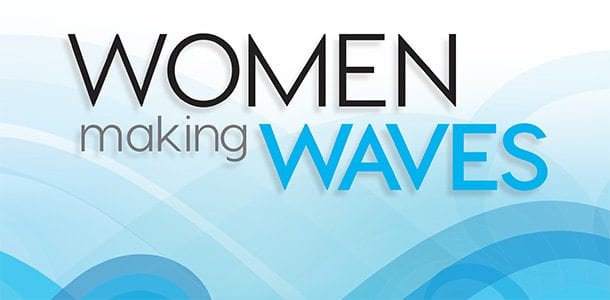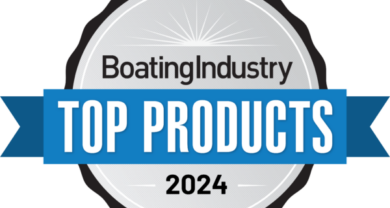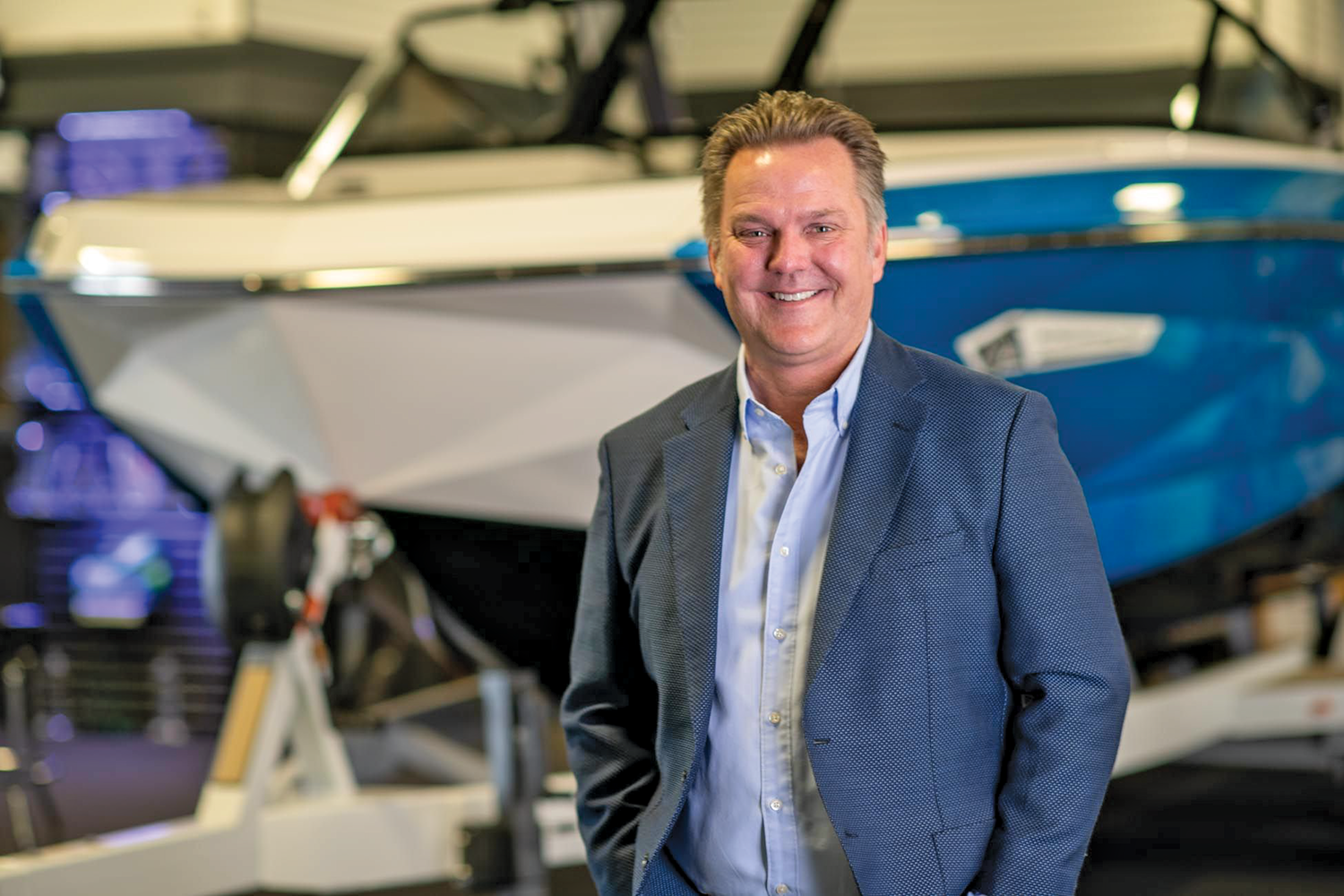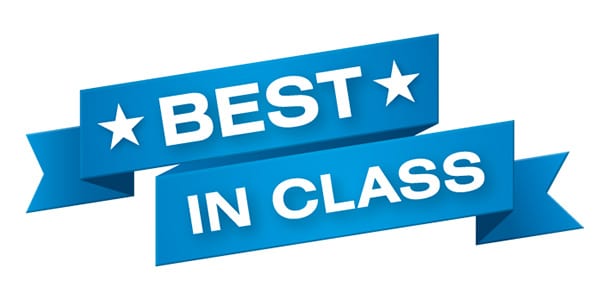Making $ense of Boating
The dictionary defines affordable as “believed to be within one’s financial means.”
With small boat unit sales down more than 20 percent since the late 1990s and the cost of boating second on non-participants’ list of reasons they aren’t boating, it’s clear the industry needs to change consumers’ perceptions about its affordability.
Families need to be convinced that they can and should choose boating over all the other options on which they can spend their limited time and discretionary dollars. But before prospective customers will seriously consider the benefits boating can offer their families, they have to believe it’s financially feasible.
“A lot of people think boats are $100,000,” says Don Galey, owner of Galey’s Marine in Bakersfield, Calif. “When they walk into our store, they think they’re going to spend $50,000 or $60,000 to take their kids waterskiing when they can probably spend $12,000 or $13,000 on a Bayliner.”
If there are some consumers walking into dealerships with misperceptions about the cost of boating, how many more are not opening dealers’ front doors for the same reason? In recent years, the industry has been selling fewer boats, the boats being sold are getting more expensive, and the average boat buyer is older. There has been a disconnect with the entry-level market.
This spells trouble for boating because it’s this segment that typically drives future sales. As the entry-level buyer ages, his income often increases and he’s able to afford bigger and more expensive boats. To secure the boating industry’s future, that entry-level business must be won back.
The reward for doing it now may be bigger than anticipated. There are more Echo Boomers — which experts are calling the next dominant generation of Americans — today than Baby Boomers. Born between 1982 and 1995, the nearly 80 million people who make up this group are Baby Boomers’ children.
The industry may have already missed the opportunity to instill an early childhood passion for boating in most of them. But if it can convince them now that boating is well within their reach and worth the investment, perhaps they will be more likely to choose the boating lifestyle as they start their own families, kicking off a new and much needed wave of growth.
The industry is already taking steps in that direction through the Grow Boating Initiative. As it begins working its magic, exposing more people to boating, the question “How affordable is boating?” is one more and more consumers will likely ask themselves unless we change our strategies. If we want them to move down the funnel, it’s imperative we begin reaching them before they start the questioning process.
Following in their footsteps
While the industry can learn a lot from studying its own best practices, there aren’t enough of them when it comes to affordability.
When you type “affordable boats” into many Internet search engines, one of the top items to appear is an article by a surveyor suggesting that “there is no such thing as an affordable boat.”
In looking beyond the industry for a role model, Disney World is one example. It focuses a great deal on marketing itself as an affordable family activity. The resort even advertises its www.DisneyWorld.com/affordable Web site as part of its print and television campaign.
When you visit the site, Cinderella’s fairy godmother pops up next to the following message: “You are about to find out just how affordable a Walt Disney World vacation can be for you and your family. With just a few clicks, you’ll discover some of our great vacation options.”
Closer to home, the famed Go RVing campaign also puts affordability at the forefront. On the “Easy on the pocket” page of its GoRVing.com site, the industry states, “You shouldn’t have to spend a lot of money on something called free time” and provides statistics to back up that statement. It also provides fuel saving tips and vacation cost analysis, which compares the cost of an RV vacation to other types of vacations.
Putting affordability up front
The Discover Boating marketing campaign already includes print ads that state: “The fun of boating starts at less than $10,000, and boats bought from dealerships can be easily financed,” for example. And its e-mail newsletter goes even further, touting that an entry-level boat can be financed for less than $200 a month. In addition, the National Marine Manufacturers Association says it always makes a point to include entry-level boats in its PR efforts, such as the Mobile Marketing Tour.
With that said, more can be done at an industry level and by individual companies to bring a more effective affordability message closer to the forefront. While the intentions of Discover Boating’s print ads are good, for example, both new and used boats can be purchased for a lot less than $10,000, and the mention of financing may be sending the opposite message than is desired – boats are so expensive that you’ll probably want to finance them. Yep, that’s right. More debt.
More than 70 percent of boaters have a household income of $100,000 or less. Most people can afford boating in some form or another. The Discover Boating campaign’s target audience, in fact, has a median income of $55,000, and fits a profile that’s much closer to the average pre-owned boat owner than the new boat owner.
Yet none of the industry’s Discover Boating advertisements address the pre-owned boat market. Yes, most pre-owned boat business currently takes places from driveway to driveway. But the industry has been talking about taking control of a bigger percentage of this market anyway. By using the Discover Boating campaign to do so, it could drive customers to dealers, not to their neighbors. And in the long-term, a spike in pre-owned boat sales will likely lead to increases in new boat sales as these customers trade up to bigger, better and newer vessels.
If indeed it’s true, as NMMA President Thom Dammrich often says, that “there is a boat for everyone,” we can and should do a better job of sending that message to consumers. Our future depends on it.




